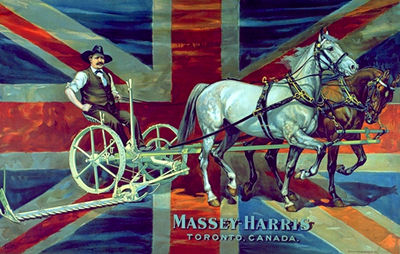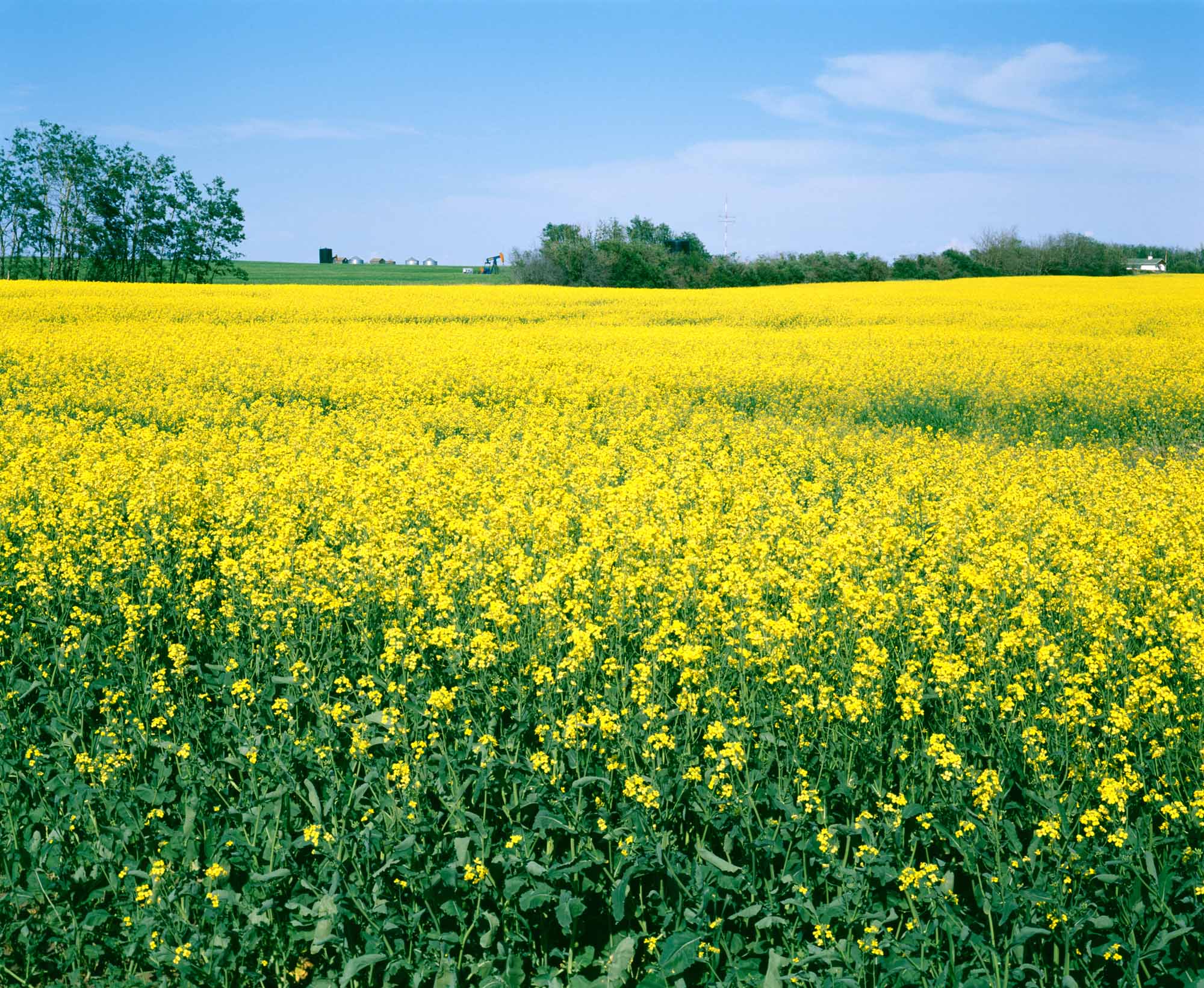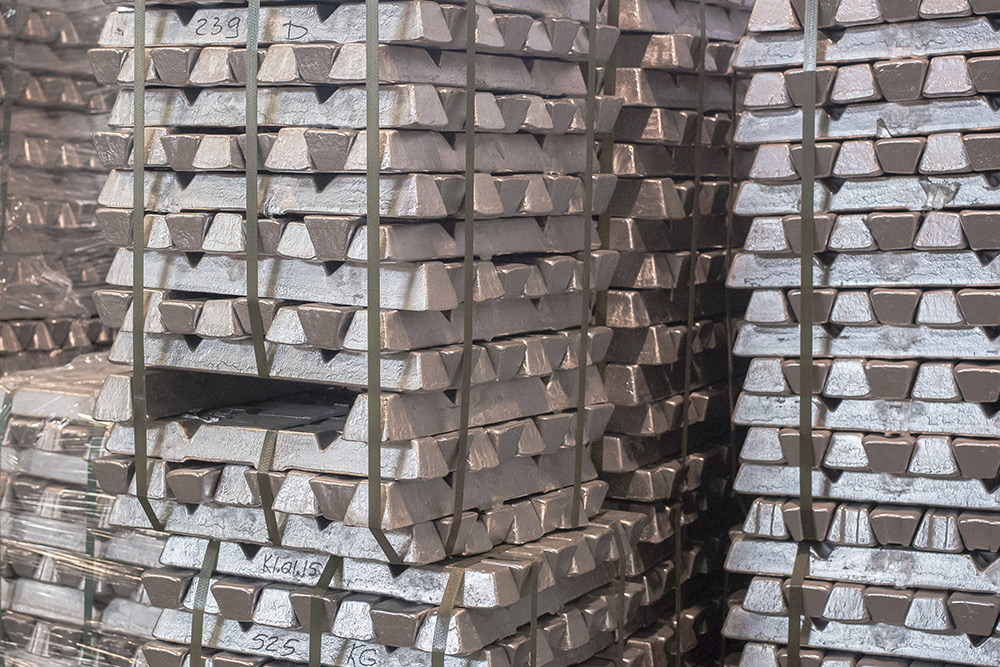Article
Canadian Aerospace Industry
The aerospace industry includes the development and production of aircraft, satellites, rockets and their component parts. Aerospace is a major component of Canada’s economy, employs tens of thousands of Canadians, and accounts for a large part of Canadian trade with foreign markets. Canada boasts a diverse aerospace sector and is one of just a few countries that produce airplanes. Through close partnership with the United States space agency, the National Aeronautics and Space Administration (NASA), Canada has also launched satellites as well as built sophisticated components used on the International Space Station.














